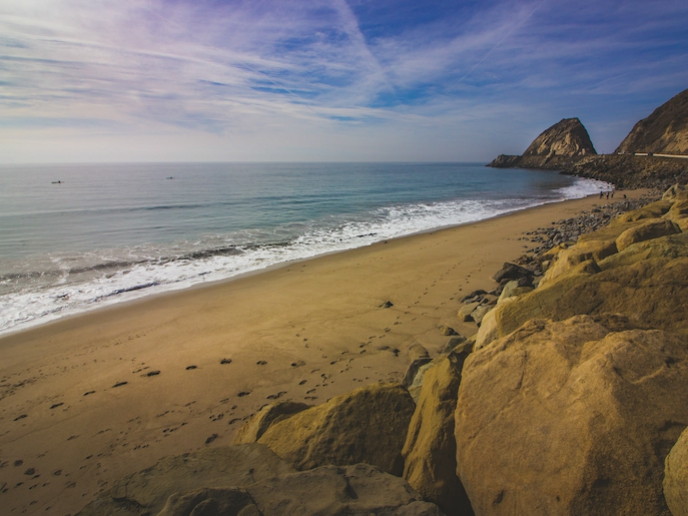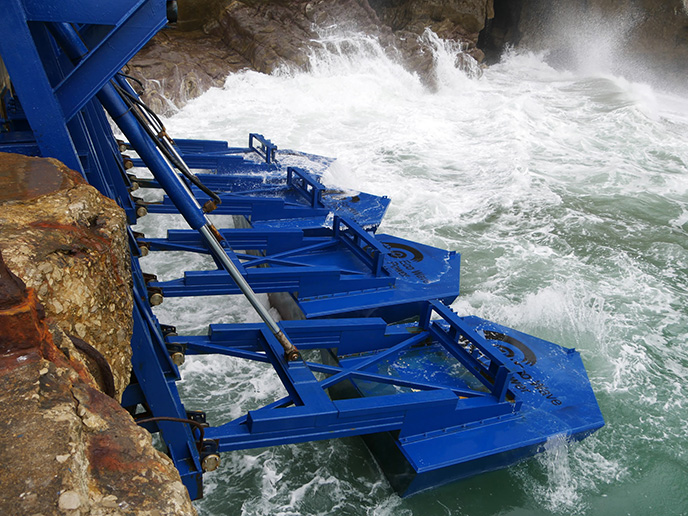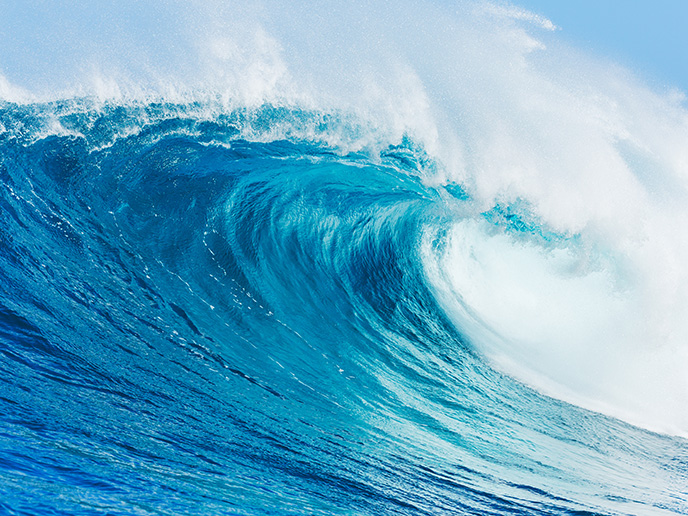Modelling the evolution of shorelines in response to extreme storms
A Horizon 2020-funded project sought to fill in our knowledge gaps in modelling coastal evolution. In finding out more accurately how the coast evolves in the face of extreme storm events, our predictions in the face of climate change can be improved. A large proportion of the global population lives by the sea, and is likely to feel the brunt of climate-change-related threats. Understanding the evolution of coastal systems is crucial to future coastal management; this is especially true in the face of the predicted sea-level rise and increasing extreme storm events. Yet, mixed sandy and rocky coastal system evolution is poorly represented in the conceptual and numerical models of coastal change used worldwide. This is in spite of geologically-constrained coastlines (those incorporating rocky surfaces such as headlands, outcrops, reefs or platforms) dominating the world’s shorelines. The EU’s NEARCONTROL project sought to fill in this knowledge gap, by investigating how sandy, rock-constrained coasts evolve in response to storm events. “Most conceptual and numerical models of coastal change represent and treat the coast as an unlimited pile of homogenous sand,” explains Dr Carlos Loureiro, Marie Skłodowska-Curie Fellow and NEARCONTROL researcher. “This disregards the role of rocky surfaces as fundamental controls on coastal evolution.” Seeking out shorelines The team explored nearshore areas in eastern South Africa and in the north of Ireland, both ideal natural laboratories given the exposure to energetic wave climates, and the complexity of the coastal geomorphology. The project developed a ground-breaking approach, based on state-of-the-art surveying and monitoring methods, to acquire unprecedented geophysical, morphological (form) and hydrodynamic information of the beach and nearshore zones. The research combined high-resolution geophysical surveying (using advanced sonar technology to create profiles of the surface and upper layers of the seabed), and exploratory numerical modelling, to link the sedimentary and geological frameworks. The team then explored wave-driven dynamics and patterns of sediment transport under realistic settings and conditions. Evolving our understanding The findings advanced our current understanding of coastal geomorphology. “The shoreline may evolve much faster than the nearshore, and this will lead to significant changes in the dynamics of a coastal area,” says Prof. Andrew Cooper, NEARCONTROL project supervisor. “In particular, we have shown that the modern nearshore often mirrors the underlying surfaces created by past wave scouring and erosion, as the coastline migrated seawards with the sea level rise,” says Dr Loureiro. This confirmed to the researchers the importance of extreme coastal storms in shaping past, present and future coastal change. The work also revealed that most current process-based numerical models are unable to accurately predict decadal to century-scale coastal evolution. “In practical terms, this means that coastal managers and planners need to reconcile with the fact that absolute forecasts of coastal change are still too unreliable,” says Prof. Cooper. A turbulent journey Unfortunately, repeated failure of the seismic equipment forced the team to look elsewhere, and explore datasets collected by other institutions in Ireland and Namibia. This meant they developed their analysis in a slightly different way, more focussed on the decadal to centennial coastal evolution of different coastal settings. “This highlights the importance of open data in the modern research context, as the existence of easily accessible datasets allows us to overcome the challenges of limited data collection,” says Dr Loureiro. While the project is officially over, there are still many outputs of the project in preparation, mainly scientific publications and dissemination through conference presentations. “NEARCONTROL has shown that the nearshore not only influences how much wave energy reaches the shoreline, but also that it acts as a source and a sink for nearshore sediment,” says Prof. Cooper. “In this regard it is a crucial environment in anticipating how the future coast will look.”
Keywords
NEARCONTROL, shoreline, coast, storm, modelling, knowledge, forecast







